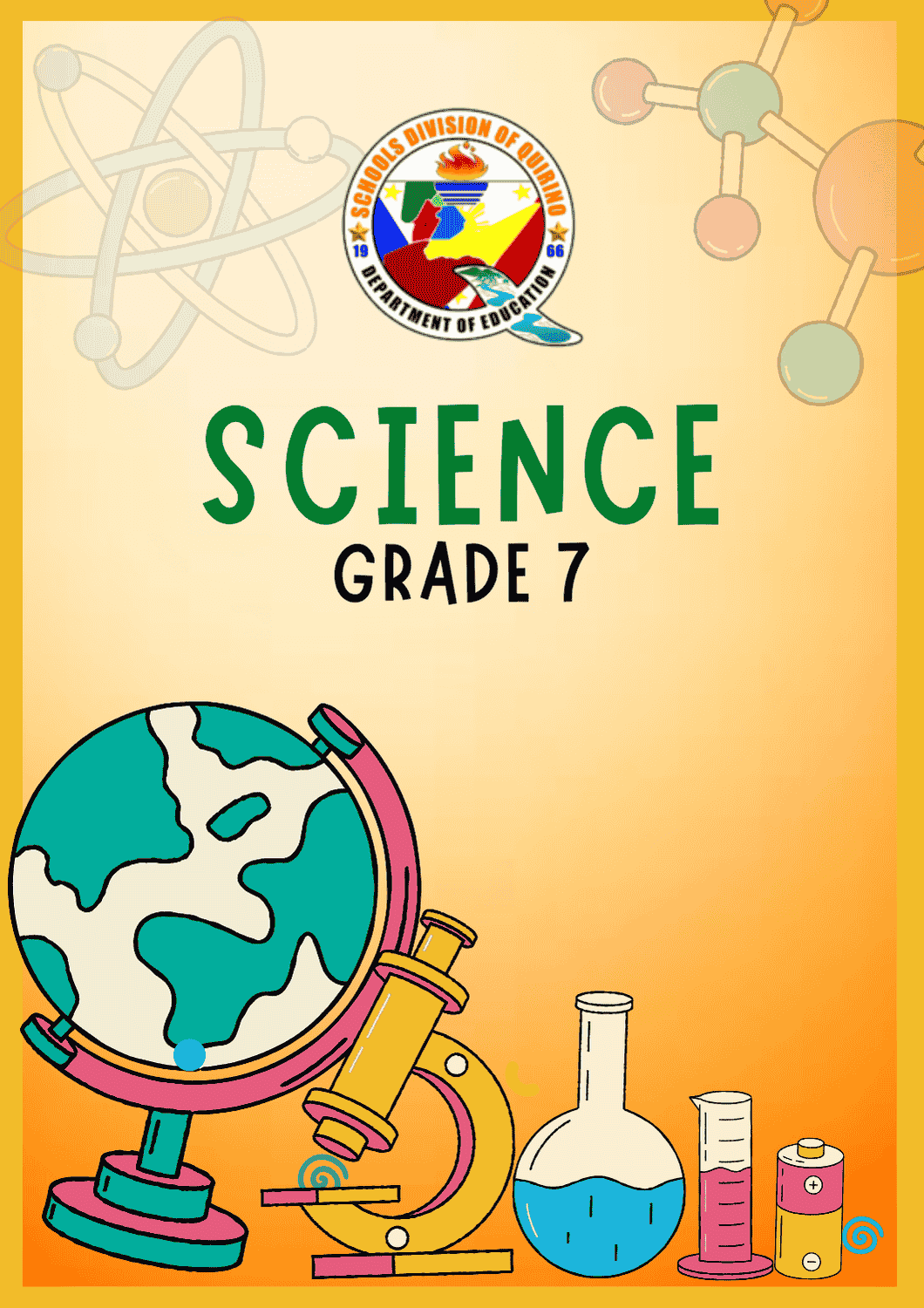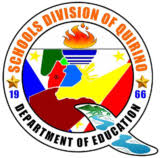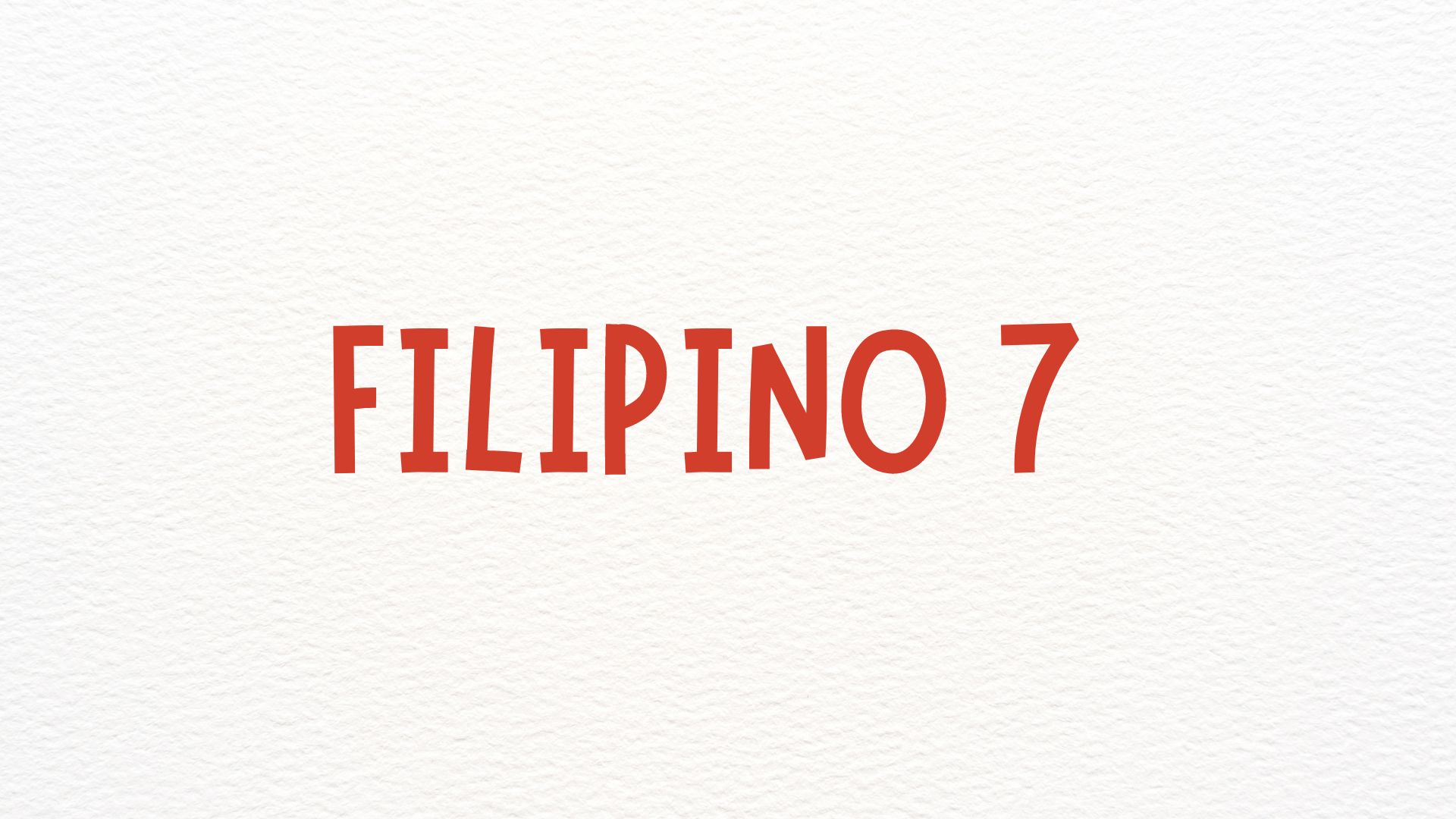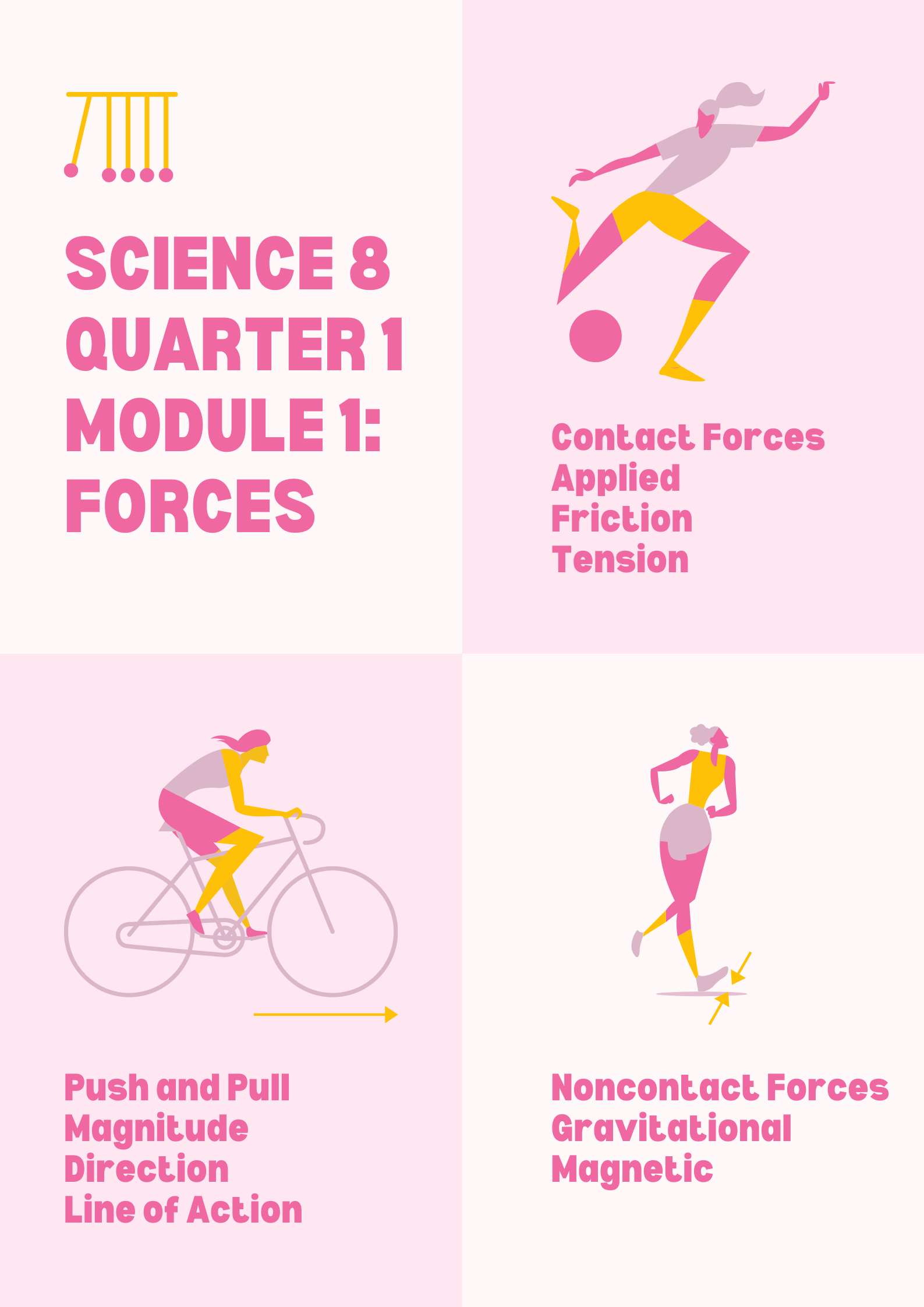
SCIENCE 7
At the end of Grade 7, learners use models to describe the Particle theory of matter. They use diagrams and illustrations to
explain the motion and arrangement of particles during changes of state. They explain the role of solute and solvent in solutions
and the factors that affect solubility. They demonstrate skills to plan and conduct a scientific investigation making accurate
measurements and using standard units. Learners describe the parts and functions of a compound microscope and use this to
identify cell structure. They describe the cell as the basic unit of life and that some organisms are unicellular and some
multicellular. They explain that there are two types of cell division, and that reproduction can occur through sexual or asexual processes. They use diagrams to make connections between organisms and their environment at various levels of organization.
They explain the process of energy transfer through trophic levels in food chains.
Learners use systems to analyze and explain natural phenomena and explain the dynamics of faults and earthquakes. They
identify and assess the earthquake risks for their local communities using authentic and reliable secondary data. They use national
and local disaster awareness and risk reduction management plans to identify and explain to others what to do in the event of an
earthquake and/or tsunami. Learners explain the cause and effects of secondary impacts that some coastal communities may
experience should a tsunami be produced by either a local or distant earthquake. Learners identify and explain how Solar energy
influences the atmosphere and weather systems of the Earth and that these are the dominant processes that influence the climate
of the country.
Learners employ scientific techniques, concepts, and models to investigate forces and motion, and describe their findings
using scientific language, force diagrams, and distance-time graphs. They use their curiosity, knowledge and understanding, and
skills to propose solutions to problems related to motion and energy. They use scientific investigations to describe the properties
of heat energy. They apply their knowledge and problem-solving skills in everyday situations and explore how modern technologies
may be used to overcome current global energy concerns.

MATHEMATICS 7
The learner demonstrates knowledge, skills, and understanding in relation to the curriculum content domains
Number and Algebra (application of percentages; use of rates; rational numbers; square roots of perfect squares,
cube roots of perfect cubes, and irrational numbers; sets and subsets, and the union and intersection of sets;
Venn diagrams; the set of integers, and comparing and ordering integers; the four operations with integers;
simplification of numerical expressions involving integers; absolute value of an integer; the solution of simple
equations; the evaluation of algebraic expressions following substitution; the rearrangement of a formula to make
a different variable the subject of the formula; operations using scientific notation); Measurement and Geometry
(regular and irregular polygons and their features/properties; determination of measures of angles and number
of sides of polygons; conversion of units of measure; volume of square and rectangular pyramids, and cylinders);
and Data and Probability (data collection and sampling techniques, and the presentation of data in appropriate
tables and graphs; interpretation of statistical graphs; outcomes from experiments). This knowledge, skills, and
understanding is applied, with the use of technology, to the processes within Mathematics of critical thinking,
problem solving, communicating, reasoning, and making connections between topic areas.

Filipino 7
Pagkatapos ng ikapitong baitang, naipamamalas ng mga mag-aaral ang kasanayang komunikatiboat nauunawaan at nasusuri ang Obra Maestrang Ibong Adarna, mga tekstong nasusulat tulad ng panitikan sa panahon ng katutubo hanggang panahon ng pananakop ng Espanya gayundin ang mga tekstong impormasyonal, akademik at biswal para sa pagbuo ng makabuluhang tekstong multimodal na gamit ang mga natutuhang, elementong panglingguwistika tungo sa paghubog ng kaakuhan at pagpapahalagang Pilipino.

FILIPINO 7
Pagkatapos ng ikapitong baitang, naipamamalas ng mga mag-aaral ang kasanayang komunikatibo at nauunawaan at nasususri ang obra maestang ibong adarna, mga tekstong nasusulat tulad ng panitikan sa panahon ng katutubo hanggang panahon ng pananakop ng espanya gayundi ng mga teksyong impormasyonal, akademik, at biswal para sa pagbuo ng makabuluhang tekstong multimodal na gamit ang mga natutuhang elementong panglingguwistika tungo sa paghubog ng kaakuhan at pagpapahalagang pilipinooo

Science 8 - Quarter 1 - Module 1: Forces copy 1
· This module was designed and written with you in mind. It is here to help you master Forces. The scope of this module permits it to be used in many different learning situations. The language used recognizes the diverse vocabulary level of students. The lessons are arranged to follow the standard sequence of the course. But the order in which you read them can be changed to correspond with the textbook you are now using. After going through this module, you are expected to:
- Investigate the relationship between the amount of force applied and the mass of the object to the amount of change in the object’s motion. (Week 1 S8FE-Ia-15)